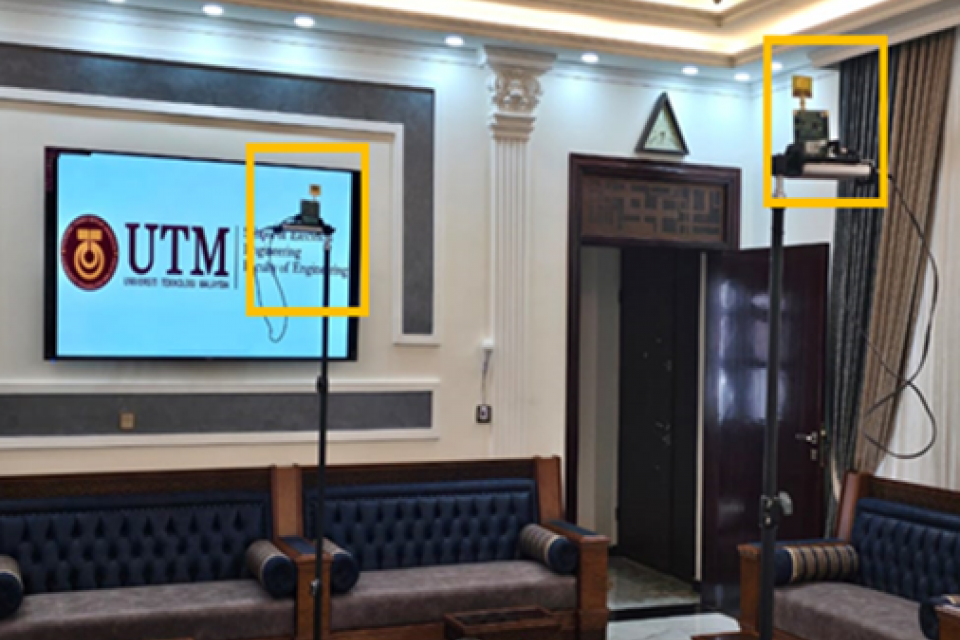Datasets
Standard Dataset
UWB DW1000 Dataset for indoor environments
- Citation Author(s):
- Submitted by:
- ammar majeed
- Last updated:
- Fri, 08/30/2024 - 15:15
- DOI:
- 10.21227/nxvh-m657
- Data Format:
- License:
 603 Views
603 Views- Categories:
- Keywords:
Abstract
The accurate distinction between line-of-sight (LOS) and non-line-of-sight (NLOS) propagation channels is paramount for precise distance measurement within ultra-wideband (UWB) indoor localization systems. In complex and dynamic environments, such as those encountered in the indoor positioning of autonomous mobile robots or vehicles, UWB signal propagation is particularly susceptible to NLOS conditions. In this project, a real measurement data were conducted in two residential environments encompassing multiple rooms that were selected for the measurement campaign to cover the variable influence of indoor environments on RF signal propagation. The data required for our experimental evaluations were gathered in four rooms of varying dimensions (5 m × 4 m, 10 m x 4 m, 20 m x 6 m, and 4 m x 2 m) within a building environment, a hall measuring 8 m × 48 m containing various items of furniture, and two corridors with widths of 3 m and 1.5 m, respectively. These measurement data were collected under different propagation channels across these diverse scenarios. For the NLOS experiments within our project, the setup required the creation of obstacles between the anchor and target transceivers to simulate NLOS conditions, necessitating the use of two different rooms. In particular, this work has focused on the analysis of soft and hard NLOS propagation channels, which helps in understanding how different obstacles may affect UWB signal transmission. The illustration scenario in which the signal emitted from a tag device is received by anchor nodes under several conditions in a situation where an UWB transceiver, Qorvo DW 1000, acts as both the tag device and the anchor nodes.
Please refer to the README file for a detailed description of the submitted dataset.
Dataset Files
- Dataset classification is labeled as follows: LOS ==0; soft-NLOS == 1; hard-NLOS==2; MP == 3. UWB_DW1000_Dataset_4-propagation channels.csv (12.09 MB)
- Dataset classification is labeled as follows: LOS ==0; NLOS == 1; MP == 2. UWB_DW1000_Dataset_3-propagation channels.csv (12.09 MB)
Documentation
| Attachment | Size |
|---|---|
| 4.22 KB |







Comments
thanks